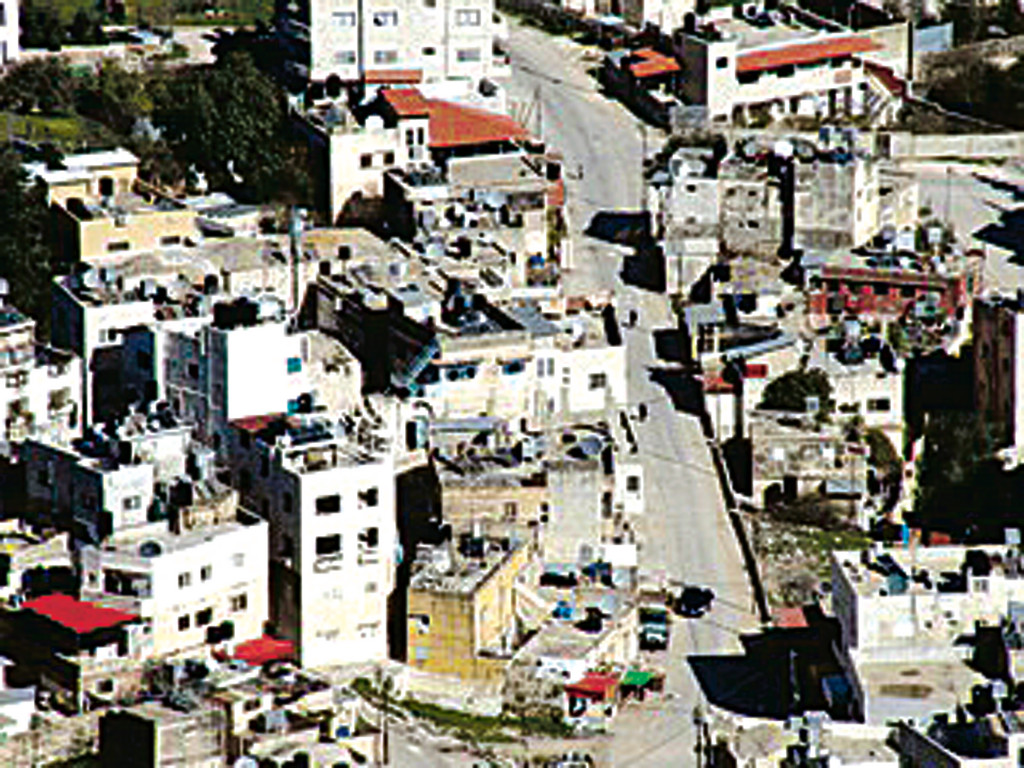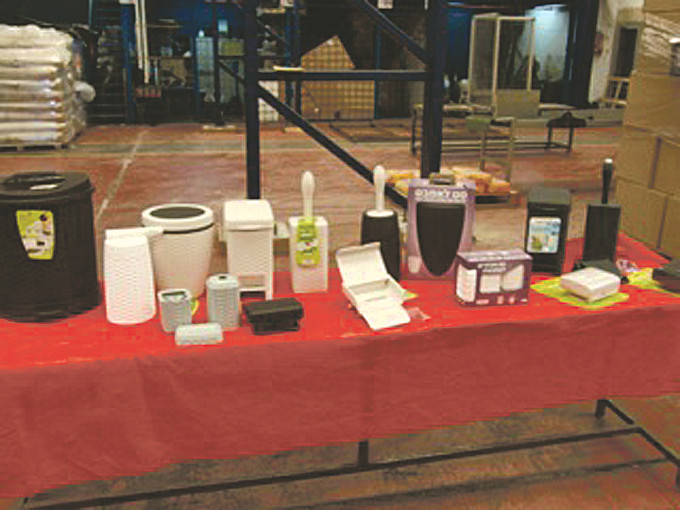The Samaria you never hear about
Until you take a real up close look at Samaria, it will remain an occupied territory of a fringe group of Jewish settlers trying to displace Palestinians and stymie the peace process. That is until you actually go there and see the region up close, talk to the people who live there and understand the size, demography and conditions the people live under. Is it a perfect situation? By no means it is not, but is it the obstacle to peace and the bane of the Palestinian existence? Hardly!
Deciding that the issue was too important to leave to the narratives presented by Rachel Madow, Wolf Blitzer, J-street, Peace Now, or the myriad of people and advocacy groups that insist on presenting Israel as an oppressive regime, I arranged a visit to the Shomron for me, my 14 year old son and my 15 year old nephew. With the help of a friend and one of Israel’s better known elected leaders, Knesset Member Danny Danon, we took a trip that I do not believe any of us will soon forget.
The day began in the cabin of a bulletproof van that I found to be a little disconcerting. There have been so few incidents in a while that would render this vehicle effective, but sadly, it is a necessary precaution taken. As it turns out, the van is used as a school bus for children of special needs, and it was being lent to us for the day. We drove deep into Samaria along road 60, the way that is allegedly the path of the original settlers of Israel in the Bible.
We met the head of the Regional Council that governs the Judean and Samarian areas who explained that it was his goal to show people, one by one if necessary, that the cities, villages and people in the areas were not the obstacles to peace as they are portrayed. They bring diplomats and dignitaries to the area and show them their way of life, and they travel to foreign countries and parliaments to make their case. The case is that the people there are not all zealots seeking a perpetual fight, but many who have been moving there are, in fact, secular Israelis seeking suburban life away from the cities at a price that is easier to reach than much of the densely populated cities like Jerusalem and Tel Aviv. In addition, of the entire area called Samaria, less than 30% is populated by both Arabs and Israelis, and the rest is vast, unused, uncultivated and untouched land.
The point is that there is no evident sprawl that is displacing anyone; most of the area has never been used. For Israel’s part, we toured a factory that manufactures plastics such as toilet seats and the types of amenities you might find at Bed, Bath, and Beyond. Lipsky Installation and Sanitation Products also makes waste and water pipes for large construction applications. What Lipsky also does is employ a few hundred people, half of whom are Palestinians from cities in Samaria and they are paid and promoted equally with the Israelis. Unusual for most companies, even in the United States, Lipsky pays for its staff to take vacations, and since the Palestinians cannot stay overnight in Israel, while the Israelis are sent to Eilat and other resorts, the Palestinians are sent to Egyptian resorts for their rest times.
Added pressure to these employees is that Palestinian products are readily sold in Israel, but these items, made by the hands of Palestinians, which also provides income and benefits to them as well, are not permitted to be sold within Palestinian lands. The plant has a lunchroom and provides free meals and all employees are seen dining together, conversing, laughing and sharing working camaraderie that many of us are familiar with where we work.
That’s the politics speaking and not anyone who actually came there to see it for themselves. When Peter Beinart talks about boycotting the “Settlements,” he is seeking to displace and unemploy Palestinians from decent jobs as well.
Our visit took us to the Tura winery where we tasted a wine that just won an international award, and I bought a few cases that they arranged to be shipped to my home. The boys enjoyed that stop, too, and it was interesting to see. The cellars are made up of the original temporary housing units that were erected by the original residents. The insides were weatherproofed and temperature controlled and it seems to store the wine just perfectly.
At one point we were at the highest point we could be at, at a lookout post overlooking the Palestinian city of Nablus. This was the site of Joseph’s Tomb, which is inaccessible to Jewish people right now. The lookout post enabled us to see something amazing – Nablus is a big city with hundreds of newly constructed apartments and houses that resemble the best of Israeli building styles. There are suburbs, malls and, yes, there are a couple of densely populated areas that the Palestinians and media like to call refugee camps. These neighborhoods are not filled with tents, however, but apartment buildings in the style of projects that we see in many urban U.S. cities. It would appear that the children who grew up in these areas are the ones moving to the nicer neighborhoods, no different from the way many societies progress elsewhere.
The trip consisted of a wonderful lunch in a sweet little restaurant in a smaller town, where we were plied with home cooked chicken, beef and fresh vegetables and rice as we heard the history of the town we were dining in. We ended at the Ariel University, a college that just won its accreditation and can now be called a university. Ron Schleifer, a lecturer and teacher of communications and public relations, showed us the communications school, television studios and radio broadcast center, and walked us through the campus of six thousand students from all over Israel.
It was an enlightened place that even many of the more liberal professors they have teaching there find unexpected and fascinating. The key, he kept reiterating, is to get people there to visit. After that, their opinions often change.
There are indeed difficulties living in these areas, and the attention given to the areas by media and Israel’s opposition does not help. If my son, nephew and I learned anything on this visit, was that the story of Samaria is not told in truth to the public. If people saw and knew what was really happening here daily, the narrative of it being the obstacle to any forward movement on peace settlements, might change as well.
The next day we toured the Temple Mount. I will have more to say in the coming weeks.
Juda Engelmayer is an executive at the New York PR firm, 5W Public Relations.

 48.0°,
Overcast
48.0°,
Overcast 









